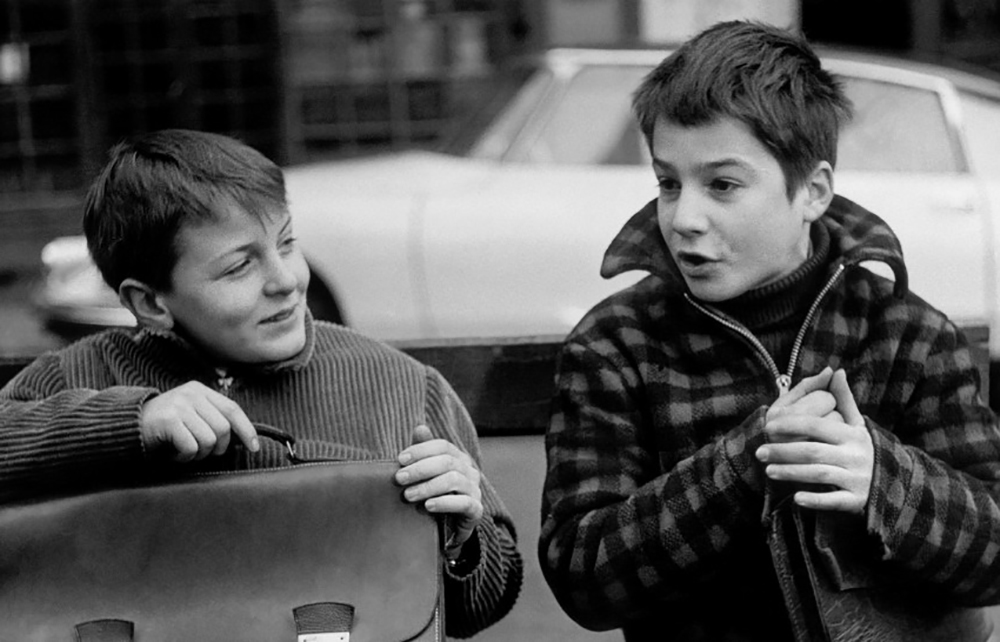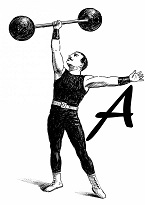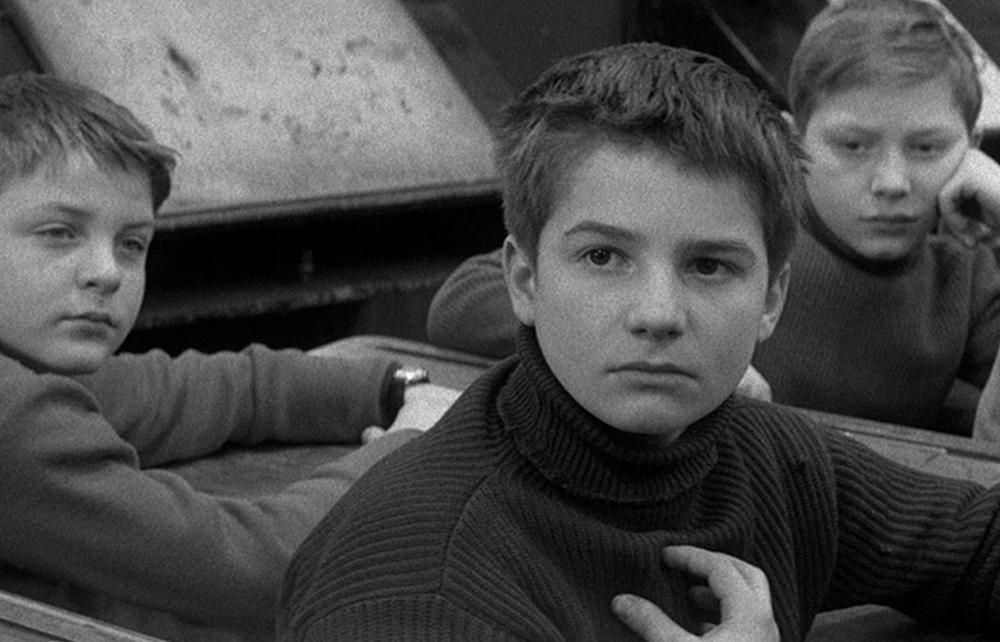When in 1959, a 27-year old François Truffaut came to direct his first feature film, he put creativity on the big screen with his most personal experiences with “The 400 Blows (“Les quatre cents coups,” original title) Often considered as one of the greatest films ever made and proponent of the influential ‘French Nouvelle Vague,’ “The 400 Blows” brings the nostalgia of the turbulent teenage life and its importance in growing up.
Inspired by some of the aspects of Truffaut’s own childhood, this semi-autobiographical tale tells the story of Antonie Doinel, a misunderstood teen, who faces constant oppression and abuse from almost everyone around him. Antoine is a total misfit both at home and at school; he constantly faces punishment and abuse for his rebellious behavior and lack of discipline. He just has a close friend, René, with whom he shares a strong bond. Except for him, no one really cares for him. Amidst all this negativity around him, he finds a staple in form of cinema and literature.
The authority (the parents and the teachers) discards this staple also (the teacher accuses him of plagiarizing from Balzac, which he intends as a homage). Eventually, due to his rebellious nature, he runs away to find his own freedom. But there comes the barrier of survival in front of him leading to him stealing and being caught and prisoned. From that on the story goes on a downward spiral for Doinel and starts a new struggle for freedom. The film ends with ambiguity with one of the most famous and beautiful freeze shots in the movie history; it makes us wonder more about the boy.

Jean-Pierre Léaud as Antonie Doinel gives a stellar performance. Belonging to the same age group as Doinel, Léaud is the perfect match for the role. As the themes of adolescence, generation gap, and isolation from the adults are a pivotal part among teenagers, Léaud just lives through those problems and makes Antonie Doinel the most relatable on-screen.
Among the older characters, I love the character of the mother played by Claire Maurier. She plays a charming and manipulative woman, who does not care much for her child but for herself. She always yells at him; and we learn that at the point of her pregnancy she intends to abort him as her lover leaves her. On the other hand, Doinel’s stepfather played by Albert Rémy seems quite friendly in the beginning; however, he also has a quite an estranged relationship with him. He also has a little care for him than his own personal material belongings. And this estrangement ends when he puts him behind the bars for stealing unhesitatingly.
In a way, “The 400 Blows” celebrates the rebellion of youth and the rawness within them. In the context of Truffaut’s own perspective, he brought his own rebellion to cinema as Doinel brings in his life. Being a film critic in the past, he understood the limitations of movies in contemporary cinema. And when he came up with making his own film, out of his own rawness and energy he did not shy back to experiment with his craft and make his own filmic language. With the use of techniques like on-location shooting, natural lighting, and handheld cameras (which all become trademarks for later years) Truffaut dares to liberate cinema from its limitations out of his own arrogance and rebellion, marking the initiation of one of the notable film movements of film history.
“The 400 Blows” is available to stream on HBO Max. It is also available to buy or rent on The Criterion Channel and most streaming platforms.


